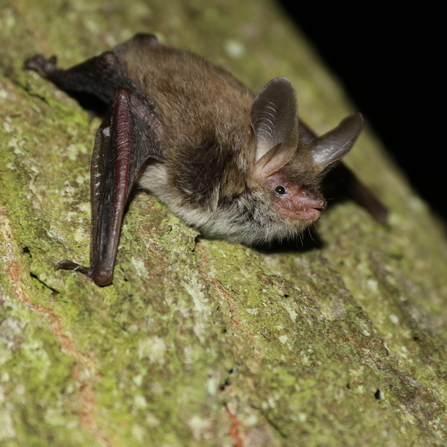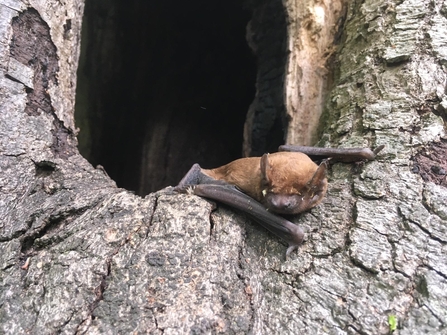Bats are the only flying mammals in the world and can navigate at speeds of around 100kmph in flight.
When hunting, bats rely primarily on their excellent hearing to find prey using echolocation. They emit high-pitched calls, too high for all but the most sensitive human ears, and the returning echo creates a ‘sound map’ of their surroundings, including the size, shape and direction of an object or potential prey.
Bats have been suffering from a bad reputation for centuries, not just since Bram Stoker’s Dracula. This is an untrue judgment as they are incredibly important for our ecosystem. Bats are an indicator species; if bat populations are strong in an area, it is often a sign that the ecosystem is doing well and has good biodiversity.




